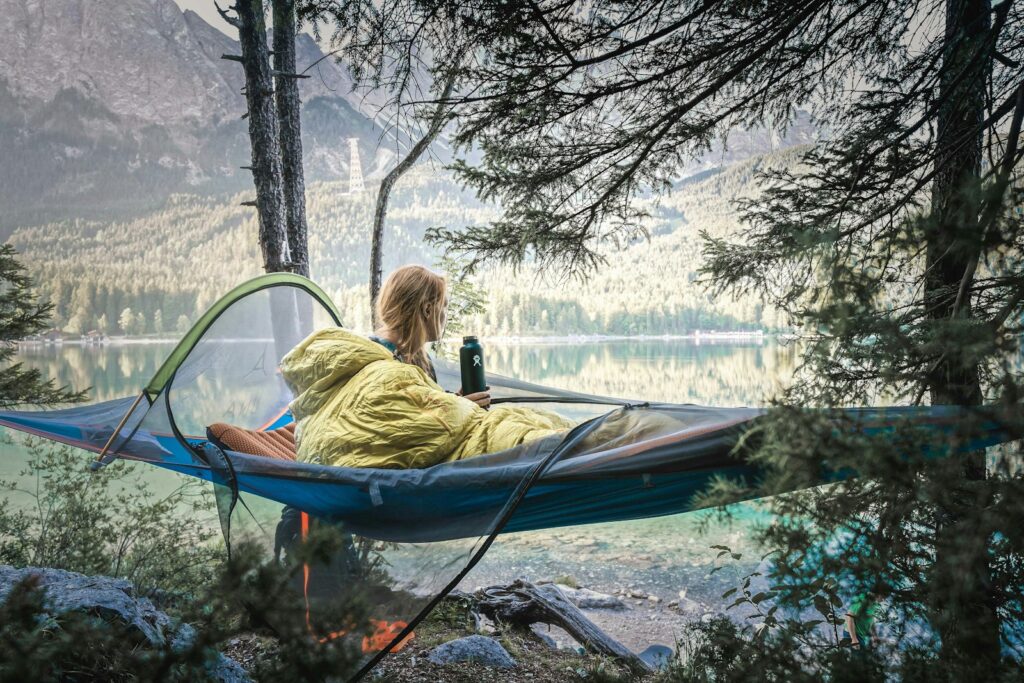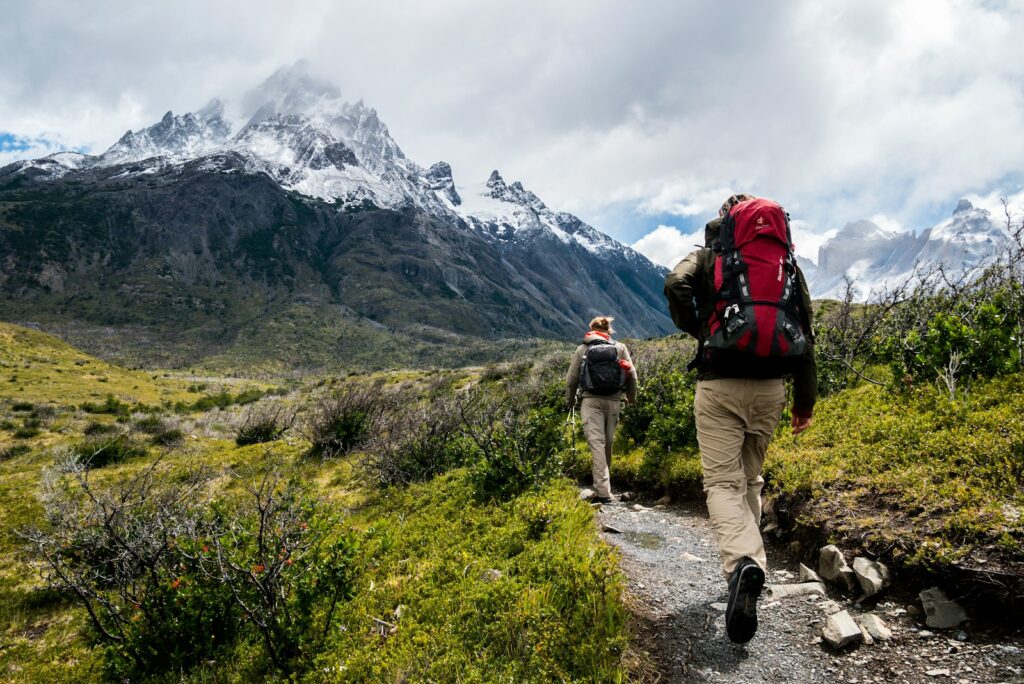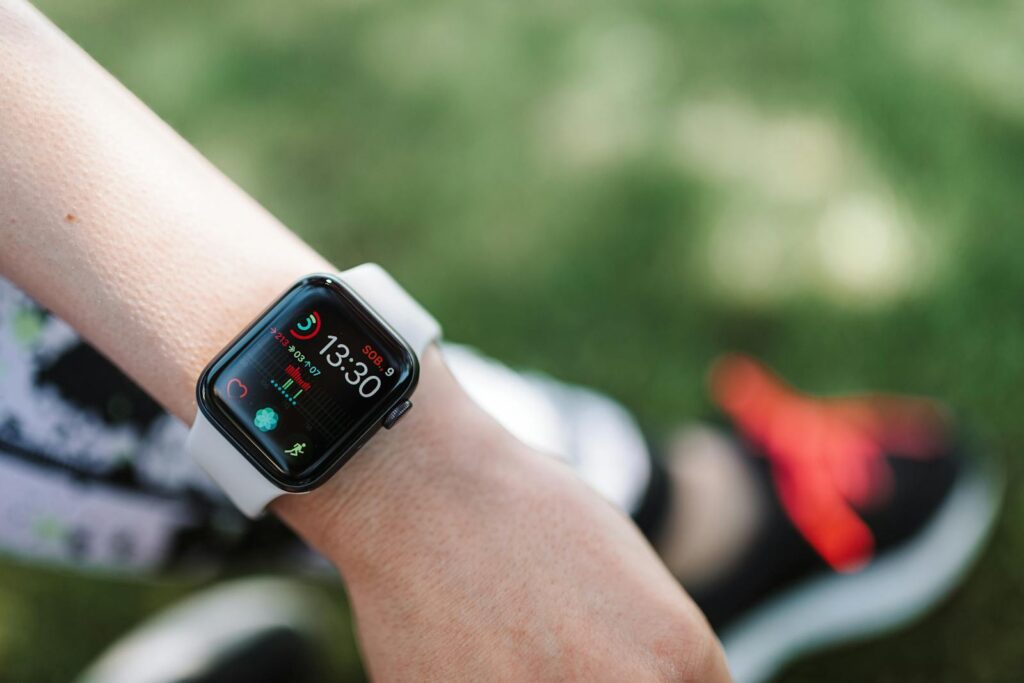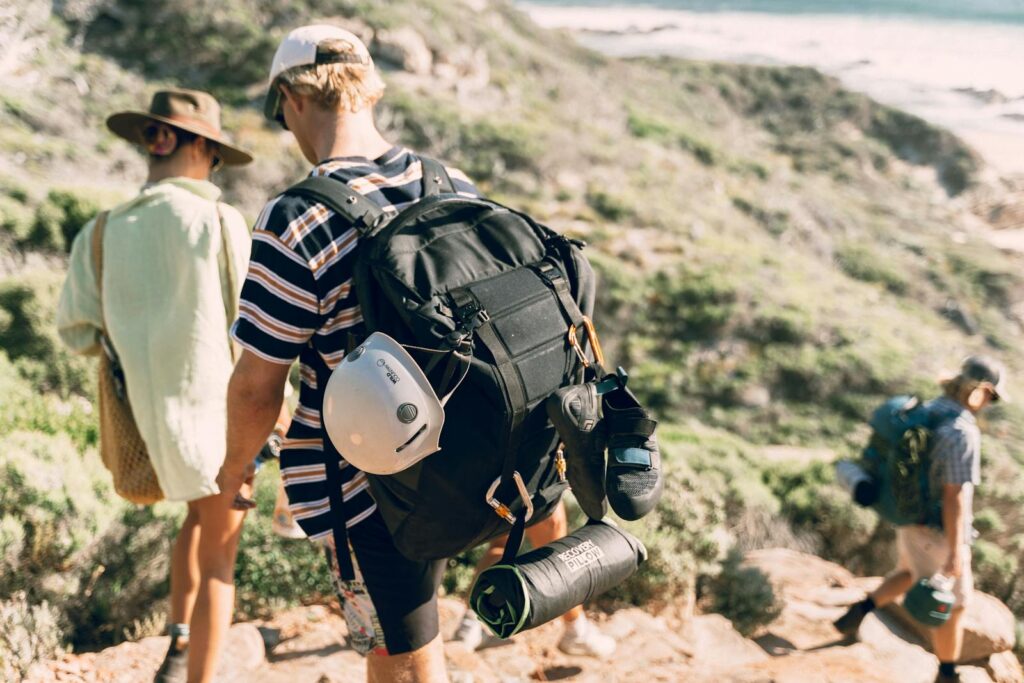For outdoor enthusiasts and adventurers, maintaining energy levels during long-distance trips can be the difference between an exhilarating experience and an exhausting ordeal. Whether you’re backpacking through mountain ranges, cycling across countries, or paddling down remote rivers, your body’s energy reserves will be continuously tested. The challenge isn’t just about physical stamina—it’s about developing sustainable practices that keep you mentally sharp and physically capable throughout your journey.
In this comprehensive guide, we’ll explore proven strategies to help you maintain optimal energy levels during extended outdoor adventures, enabling you to fully embrace the wilderness experience without hitting the dreaded wall of fatigue.
Understanding Your Body’s Energy Systems

Before diving into specific strategies, it’s important to understand how your body produces and uses energy during outdoor activities. Your body relies on three primary energy systems: the phosphagen system for immediate, short-burst energy; the glycolytic system for moderate-duration activities; and the aerobic system for sustained efforts. During long-distance trips, you’ll primarily be using your aerobic system, which depends on a steady supply of oxygen and nutrients to convert fats and carbohydrates into usable energy. Knowing how these systems work allows you to make informed decisions about pacing, nutrition, and rest.
Understanding your individual baseline needs is crucial—factors like your fitness level, age, and medical conditions will affect how your body processes energy and how quickly you fatigue.
Mastering Nutrition for Sustained Energy

Proper nutrition serves as the foundation for sustained energy during extended outdoor adventures. Complex carbohydrates should form the backbone of your diet on the trail, providing slow-release energy that prevents the crashes associated with simple sugars. Aim for a balanced intake of macronutrients: approximately 50-60% carbohydrates, 15-20% protein for muscle repair, and 20-30% healthy fats for long-term energy. Plan your meals to include nutrient-dense, lightweight foods that pack maximum calories and nutrients for minimal weight—options like dried fruits, nuts, whole grains, and freeze-dried meals specifically designed for outdoor activities.
Remember that your caloric needs will likely increase significantly during active outdoor trips, potentially requiring 3,000-5,000 calories per day depending on the intensity of your activities and environmental conditions.
Hydration Strategies That Go Beyond Water

Maintaining proper hydration is essential for energy production, temperature regulation, and overall physical performance during outdoor adventures. Even mild dehydration can reduce your energy levels by 20-30% and impair cognitive function, making proper fluid intake non-negotiable. Beyond simply drinking water, consider your electrolyte balance—sodium, potassium, magnesium, and calcium—which can become depleted through sweat, especially during hot weather or high-intensity activities. Develop a consistent hydration schedule rather than waiting until you feel thirsty, as thirst is often a late indicator of dehydration.
A good rule of thumb is to drink approximately 0.5-1 liter of water per hour of moderate activity, adjusting based on temperature, humidity, altitude, and your individual sweat rate.
Optimizing Your Eating Schedule

Strategic timing of your food intake can dramatically affect your energy levels throughout long outdoor expeditions. Rather than three large meals, consider adopting a grazing approach with smaller, more frequent meals and snacks to maintain steady blood sugar and energy levels. Begin each day with a substantial breakfast rich in complex carbohydrates and protein to fuel your morning activities and set a positive energy trajectory. Plan to consume approximately 200-300 calories every 1-2 hours during active periods, focusing on easily digestible foods that won’t sit heavily in your stomach.
Pay special attention to refueling within 30-45 minutes after particularly strenuous sections of your journey, as this recovery window allows for optimal glycogen replenishment and muscle repair.
The Science of Strategic Rest

Contrary to what some might believe, effective rest is not a sign of weakness but a strategic component of energy management during long-distance outdoor adventures. Your body repairs and strengthens itself during periods of rest, making these intervals essential for sustained performance over multiple days. Incorporate both micro-rests (short breaks of 5-10 minutes every hour) and macro-rests (longer recovery periods of 30+ minutes at natural transition points in your journey). During brief stops, elevate your feet if possible to improve circulation and reduce swelling, while using longer breaks for more substantial recovery, including gentle stretching and fuel replenishment.
Learn to recognize the difference between normal fatigue, which can be pushed through, and the deeper exhaustion that signals your body needs significant recovery time to prevent injury or illness.
Sleep Quality in the Wilderness

Quality sleep represents one of the most powerful energy restoration tools available during extended outdoor trips, yet it’s often compromised by unfamiliar environments and conditions. Invest in appropriate sleeping gear matched to your expected conditions—a properly rated sleeping bag, insulated sleeping pad, and comfortable pillow solution can dramatically improve sleep quality even in challenging settings. Establish a consistent sleep routine that signals to your body it’s time to rest, such as changing into clean sleep clothes, performing gentle stretches, or reading. Address common wilderness sleep disruptors proactively: use earplugs for noise, an eye mask for light control, and appropriate layers to manage temperature fluctuations throughout the night.
Remember that at higher altitudes, many people experience disrupted sleep patterns, so consider acclimatization days when planning trips to elevations above 8,000 feet.
Energy-Efficient Movement Techniques

How you move through the landscape significantly impacts your energy expenditure, with efficient technique potentially saving hours of fatigue over long journeys. For hiking and backpacking, develop a sustainable rhythm that matches your breathing pattern, using the “rest step” technique on steep ascents—momentarily locking your back leg on each step to transfer weight to your skeleton rather than using muscle power continuously. When cycling long distances, focus on maintaining a higher cadence (80-90 rpm) with lighter gear rather than pushing hard in heavy gears, which causes premature muscle fatigue.
For paddling activities, perfect your torso rotation to engage larger muscle groups rather than relying solely on arm strength, dramatically increasing endurance on long water journeys. Regardless of your activity, practice conscious movement efficiency by regularly checking for unnecessary tension in your body and making micro-adjustments to your technique throughout the day.
Mental Energy Conservation

Mental fatigue can deplete your physical energy reserves even when your muscles still have more to give, making psychological energy management essential for long-distance trips. Break your journey into manageable segments rather than constantly thinking about the total distance, celebrating small milestones to maintain motivation and mental freshness. Incorporate mindfulness practices such as focused breathing or attention to sensory experiences, which can reduce the mental drain of worry or future-oriented thinking. Vary your mental engagement with the activity—alternating between social interaction, thoughtful solitude, audiobooks, or music can prevent the monotony that accelerates mental fatigue.
Learn to recognize and address early signs of decision fatigue, which commonly occurs later in the day and can lead to poor choices about navigation, risk assessment, or even basic needs like hydration and nutrition.
Adapting to Environmental Challenges

Different environments present unique energy challenges that require specific strategies to maintain optimal performance. In hot conditions, your body diverts significant energy to cooling mechanisms, so schedule strenuous activities for cooler morning and evening hours, while taking longer breaks during peak heat. Cold environments dramatically increase caloric needs as your body works to maintain core temperature—expect to need 15-25% more calories in cold weather and consume more fats, which provide longer-lasting energy in these conditions. High altitude locations reduce oxygen availability, forcing your body to work harder for the same output; counter this by deliberately slowing your pace, taking more frequent breaks, and possibly increasing carbohydrate intake, which requires less oxygen to metabolize than fats.
Regardless of the environment, the adjustment period typically requires more energy, so plan for reduced performance during the first 2-3 days of significant environmental transitions.
Supplements and Natural Energy Boosters

While whole foods should form the foundation of your energy strategy, certain supplements can provide targeted support during extended outdoor adventures. Electrolyte supplements are particularly valuable during hot weather or high-intensity activities, replacing crucial minerals lost through sweat more effectively than water alone. Branched-chain amino acids (BCAAs) may help reduce muscle breakdown during prolonged exertion, while magnesium supplements can aid in muscle recovery and sleep quality. Natural energy boosters like caffeine can be strategically employed—research suggests consuming 3-6mg per kilogram of body weight can significantly improve endurance performance when timed appropriately.
Adaptogenic herbs such as rhodiola and ashwagandha have shown promise for improving stress resilience and energy levels during prolonged physical challenges, though their effects tend to be more subtle and cumulative rather than immediate.
Gear Optimization for Energy Conservation

The equipment you carry and how you organize it can significantly impact your energy expenditure over long distances. Every ounce matters on extended trips, so critically evaluate each item’s utility relative to its weight, prioritizing multi-functional gear whenever possible. Proper pack fitting and weight distribution can reduce energy expenditure by 20-30% compared to an ill-fitted or poorly balanced load, making professional fitting worthwhile before major expeditions. Clothing choices should prioritize appropriate layering systems that minimize the energy spent on thermoregulation while allowing quick adjustments to changing conditions.
Footwear represents perhaps the most critical energy-related gear decision—shoes or boots with the right combination of support, weight, and cushioning for your specific activity can dramatically reduce the cumulative fatigue that builds over days and weeks of movement.
Recovery Techniques for Multi-Day Journeys

Implementing effective recovery strategies between active days can substantially improve your energy levels throughout extended outdoor adventures. Targeted stretching and self-massage using tools like massage balls or foam rollers can accelerate muscle recovery and prevent the progressive tightening that leads to compensatory movement patterns and wasted energy. Contrast therapy—alternating between heat and cold exposure—can reduce inflammation and accelerate recovery when available, such as alternating between sun-warmed rocks and cool stream immersion for tired feet and legs. Compression garments worn during rest periods and overnight may improve circulation and reduce muscle soreness, with studies showing particularly beneficial effects at higher altitudes.
Perhaps most importantly, learn to recognize when your body needs an unplanned rest day—pushing through excessive fatigue often results in diminished performance for several subsequent days, while a strategic rest day can restore energy levels and ultimately save time.
Tracking and Adapting Your Energy Systems

Becoming attuned to your body’s energy signals allows for proactive management rather than reactive responses to energy crises. Consider maintaining a simple energy journal during your first few long-distance trips, noting correlations between your food intake, rest patterns, and perceived energy levels throughout the day. Wearable technology like heart rate monitors can provide objective data about your exertion levels, helping prevent the common tendency to push too hard early in the journey. Pay attention to your perceived rate of exertion—ideally staying within the “conversational pace” zone for the majority of your journey ensures sustainable energy output.
Remember that energy management is highly individual—what works for your traveling companions may not work for you, so be willing to adapt general principles to your specific body’s needs and responses.
Conclusion

Maintaining energy during long-distance outdoor trips isn’t about pushing through exhaustion but rather developing sophisticated energy management systems. By understanding your body’s needs and implementing strategies across nutrition, hydration, rest, movement efficiency, and gear optimization, you can dramatically extend your sustainable performance in the wilderness. The most successful outdoor adventurers aren’t necessarily those with the greatest raw strength or fitness, but those who have mastered the art of energy conservation and recovery while moving through challenging environments.
With practice, these approaches become second nature, allowing you to fully immerse yourself in the remarkable landscapes you’ve worked so hard to reach, with enough energy to appreciate every step of the journey.

